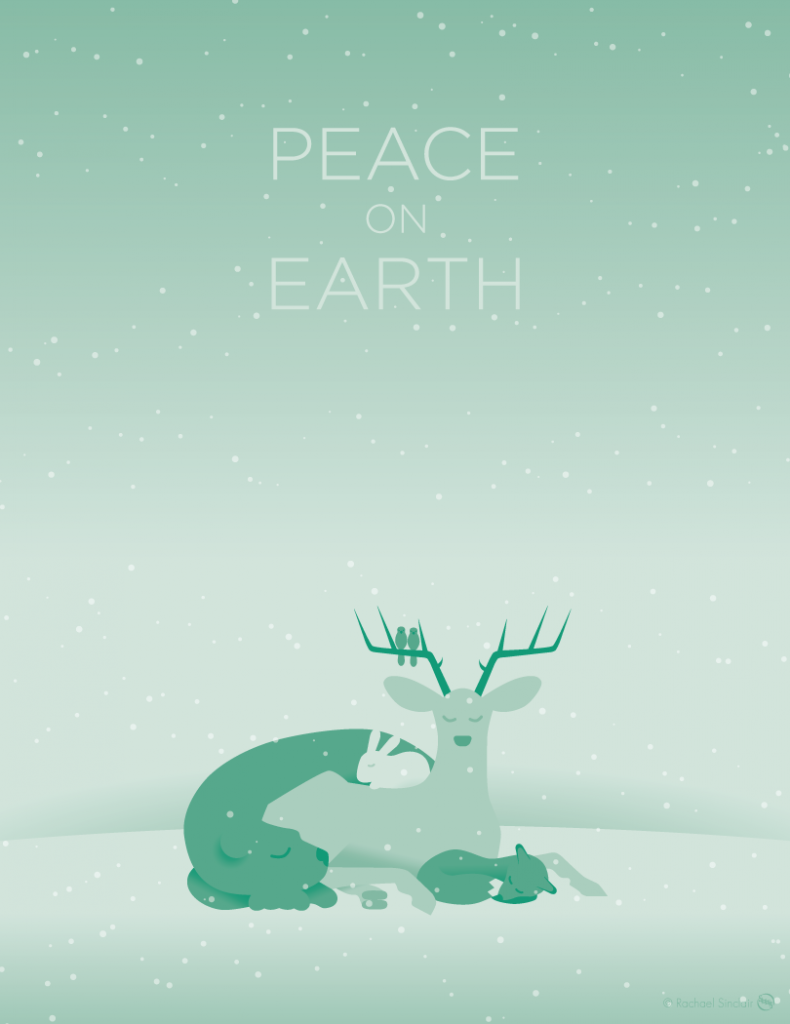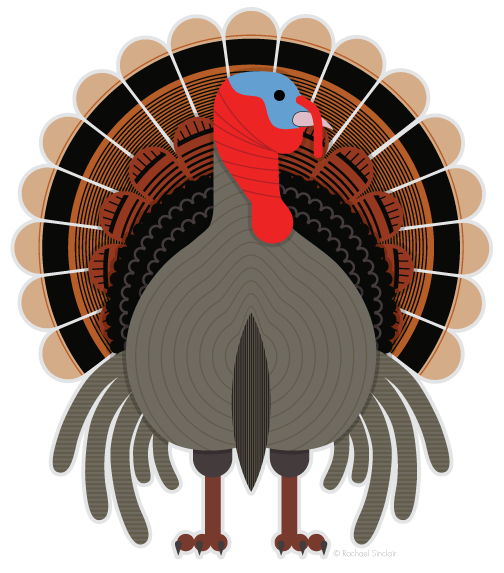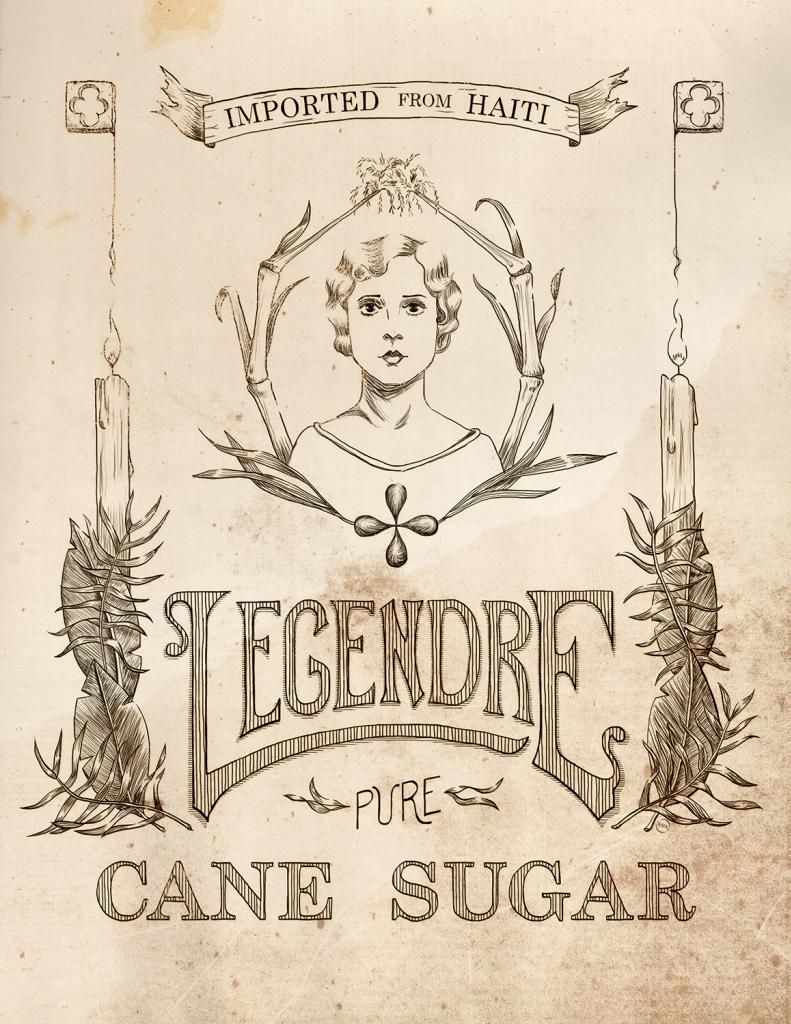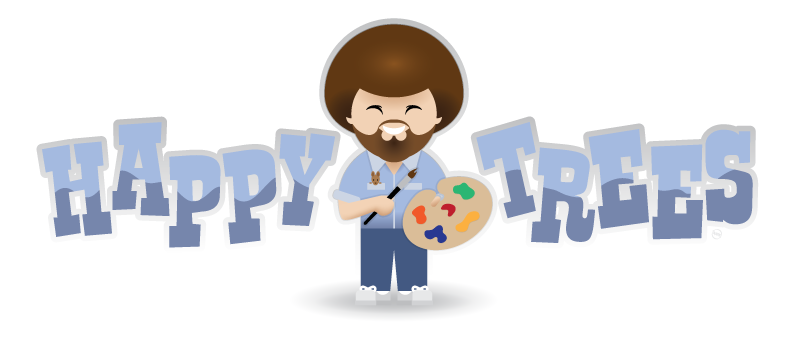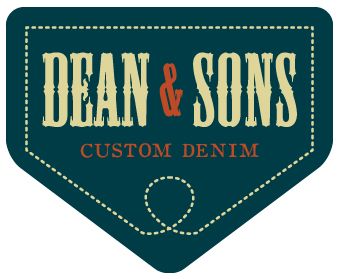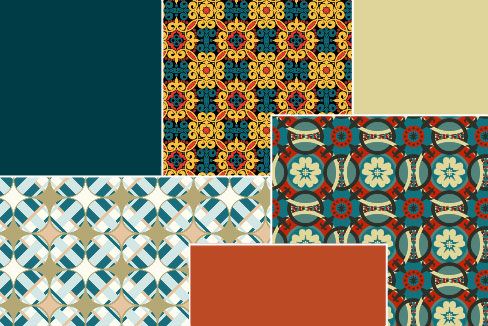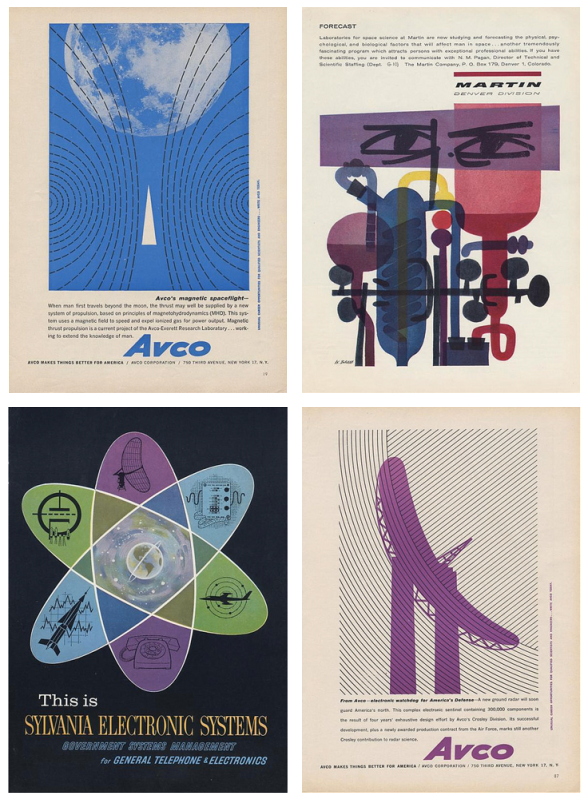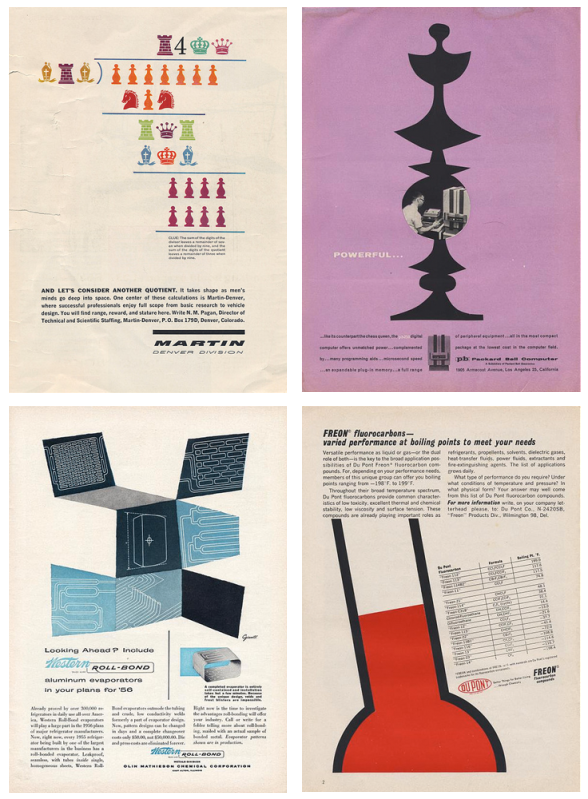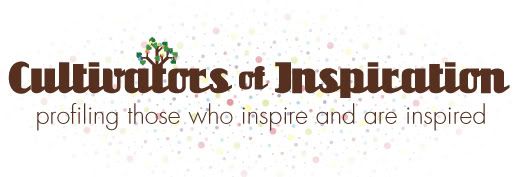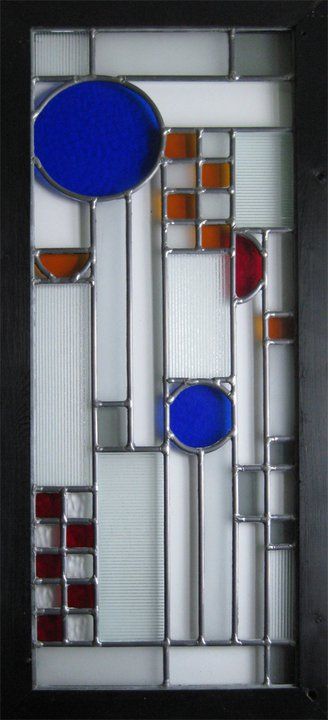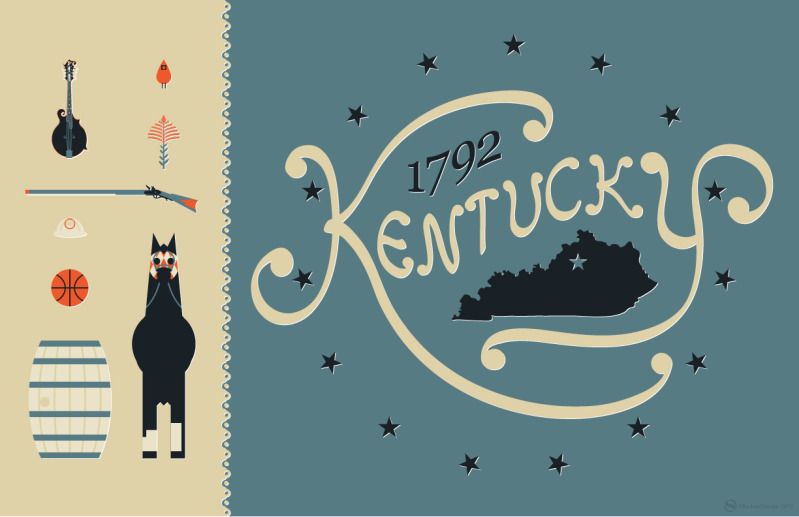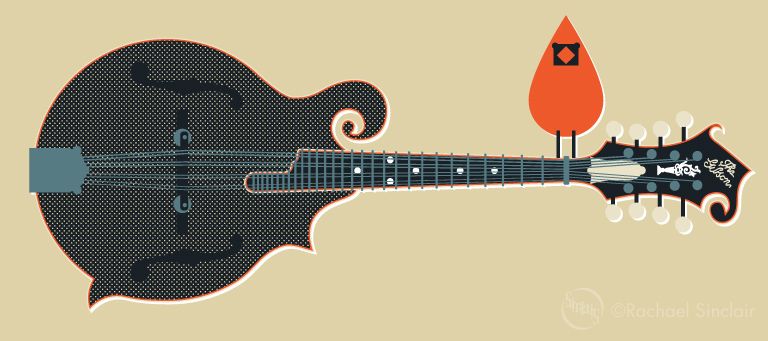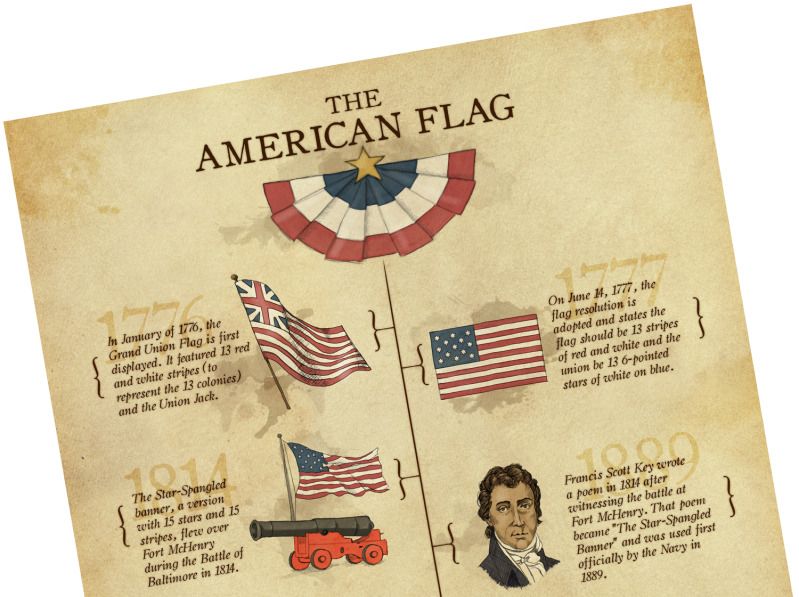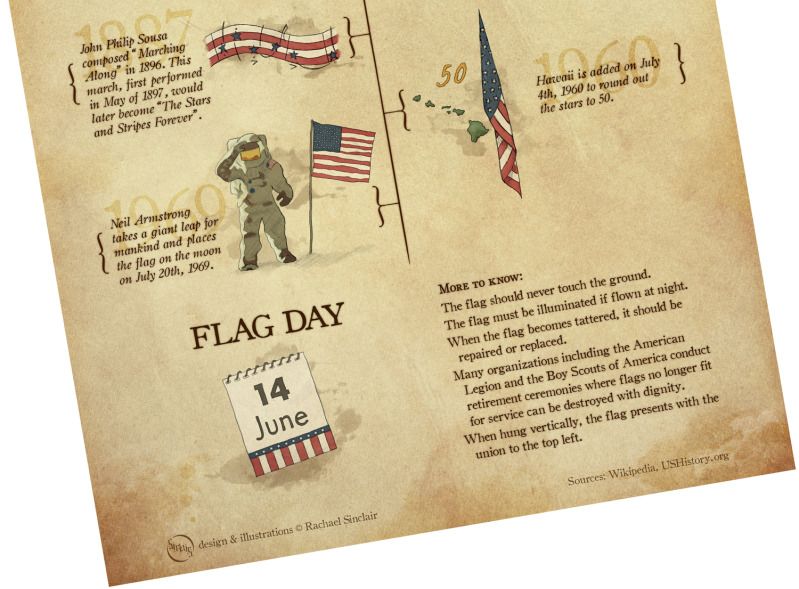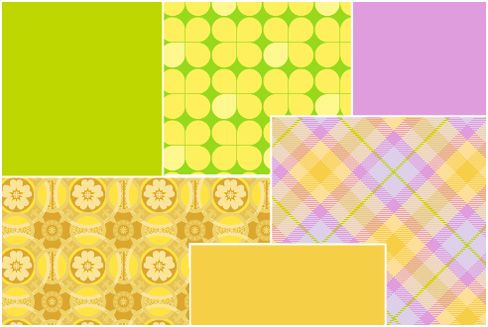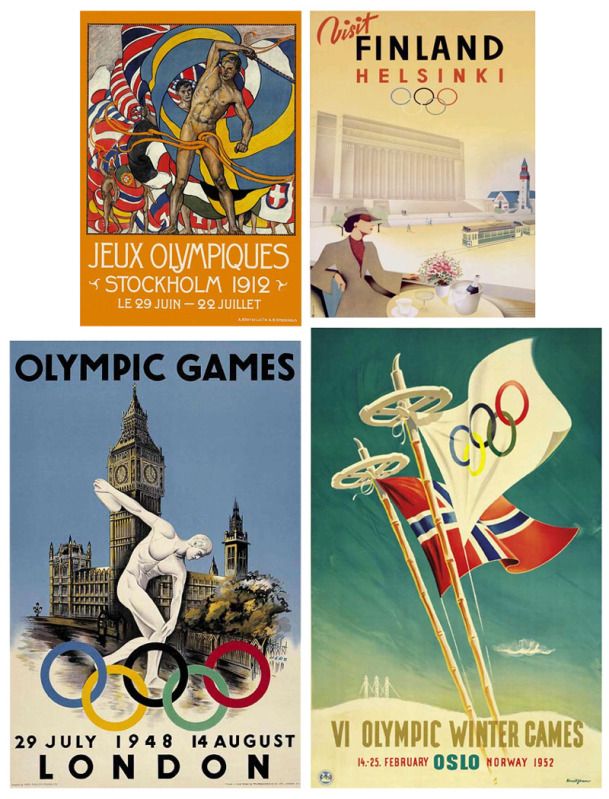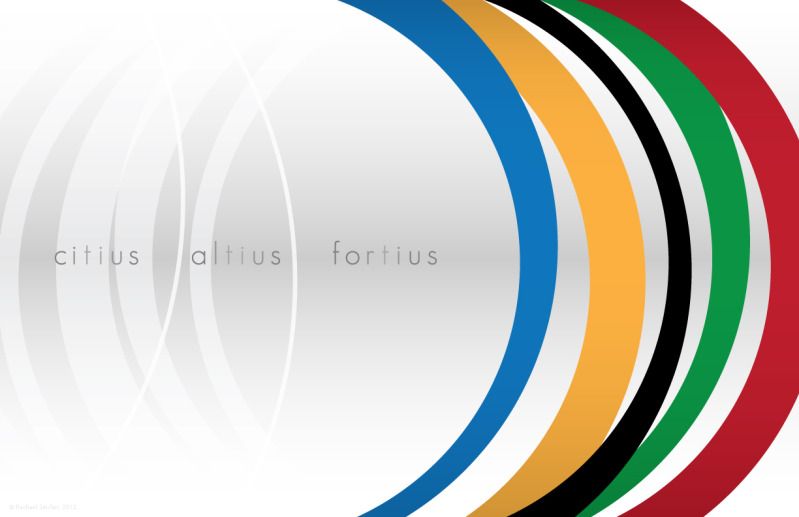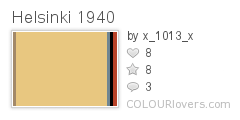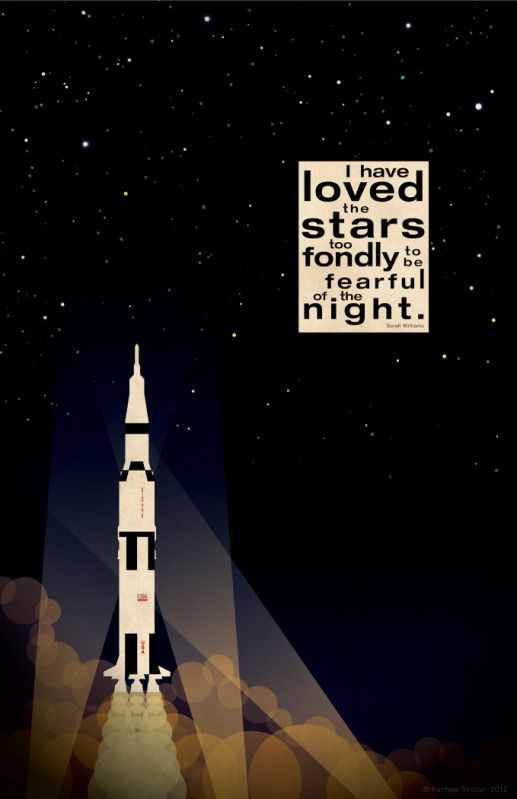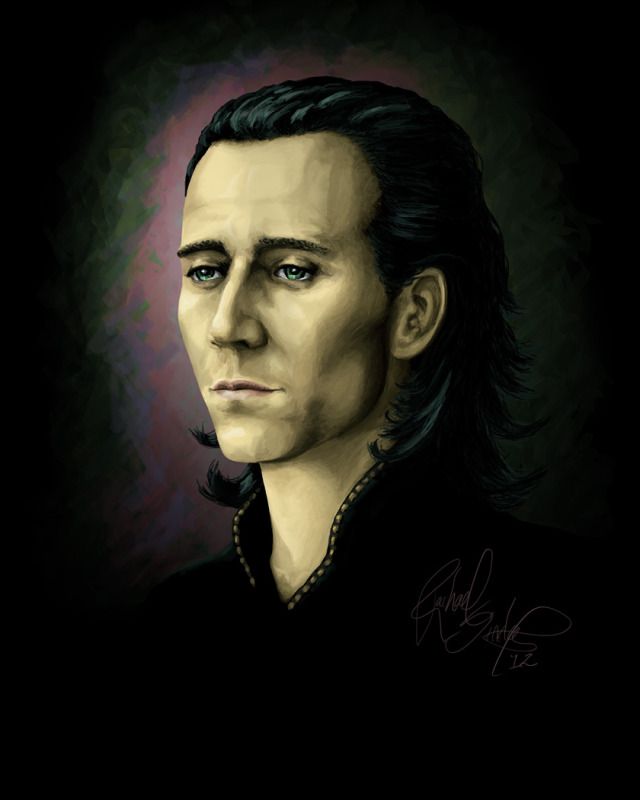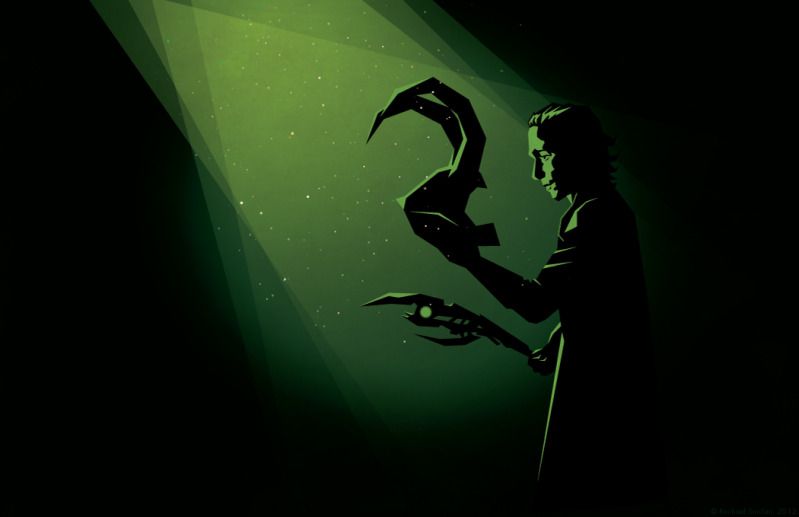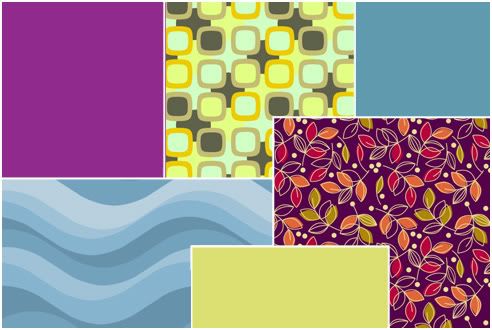Wednesday, December 19, 2012
Peace on Earth: Christmas 2012
The holidays should be a time of peace, but often, they are merely a pregnant pause in the hectic and spiteful world. With the hardships in our lives today, it's difficult to be calm and quiet. There are those struggling with loss, pain, and joblessness. There are families and loved ones coping with tragedy and uncertainty. But the Lord has given us His peace and if we can let loose the dams in our hearts, the barriers of prejudice, if only for a moment, we can truly know that peace.
Thursday, December 6, 2012
Details Matter: Know Your Subject
'It has long been an axiom of mine that the little things are infinitely the most important.' -Sherlock Holmes, A Case of Identity
Design is an art, true, but design and art are not the same. In art, liberties can be taken, but in design, attention to detail is a must. And it could be said that too much research may never be enough. No matter the size of the client or job, a bit of sleuthing can make the difference between success and failure.
In the late 90's, an ad campaign was launched by Quilted Northern tissue featuring cartoon women quilting. Though the intention was fine, the ladies were 'quilting' using knitting needles. This was a costly mistake, teasing the sensibilities of a large demographic: homemakers and housewives. The campaign was eventually revamped to show quilting instead of knitting, but the lesson wasn't a nice one to learn. This is where research could have saved them a lot of time and embarrassment. Knitting and quilting may both use needles, but that in no way means the two are interchangeable.
Agencies and designers work with a lot of different clients. Though it may be familiar for you to work for a coffee shop if you love coffee and know a lot about it, it may not be a simple when the client deals in something outside your realm of expertise. Don't be afraid to take to the books, so to speak, and learn some things. Start by listening to your client, ask lots of questions. Dig deep and pay attention to the smallest of facts. This will not only make your design better, but can really help establish a trusting relationship.
Next, research every angle. If your client has something to do with music and you aren't a musician, give yourself a lesson in musical theory. Don't go by what you think may be okay, start out with a strong foundation and build your house there. You can have a design that's technically good, but if the base concept isn't sound, that design may end up on the scrap heap. And pay special attention to symbols and what they mean. A symbol or term may have a completely different meaning to one group than it does another.
Designers can be crunched for time more than we'd like, but our clients aren't always of a 'get it to me when you can' mentality themselves. If you've listened to your client, gotten to know them and their business, and done your research, what you deliver will be the cream of the crop. "Measure twice, cut once" as they say also applies to design. When you bring your client something that's thoroughly researched, it's easier to move forward without time-wasting error correction.
Jacks of All Trades, designers are detectives with sketchbooks. Knowing a little something about a lot of subjects isn't only beneficial for a trivia buff or Jeopardy contestant. These days, when information is so readily available, there's no excuse for errors of continuity. Be respectful of your client and good things will happen. And remember, you can't quilt with knitting needles.
Wednesday, December 5, 2012
Kentucky Bourbon Balls
Bourbon is a Kentucky tradition and a source of Bluegrass pride. The bourbon ball candy has been around for generations, a potent truffle of liquor, nuts, and chocolate. These little bits of rich, fun goodness (just one of the many types of recipe featured below) would be great for a holiday gift or to serve at a party. Enjoy your treats responsibly!
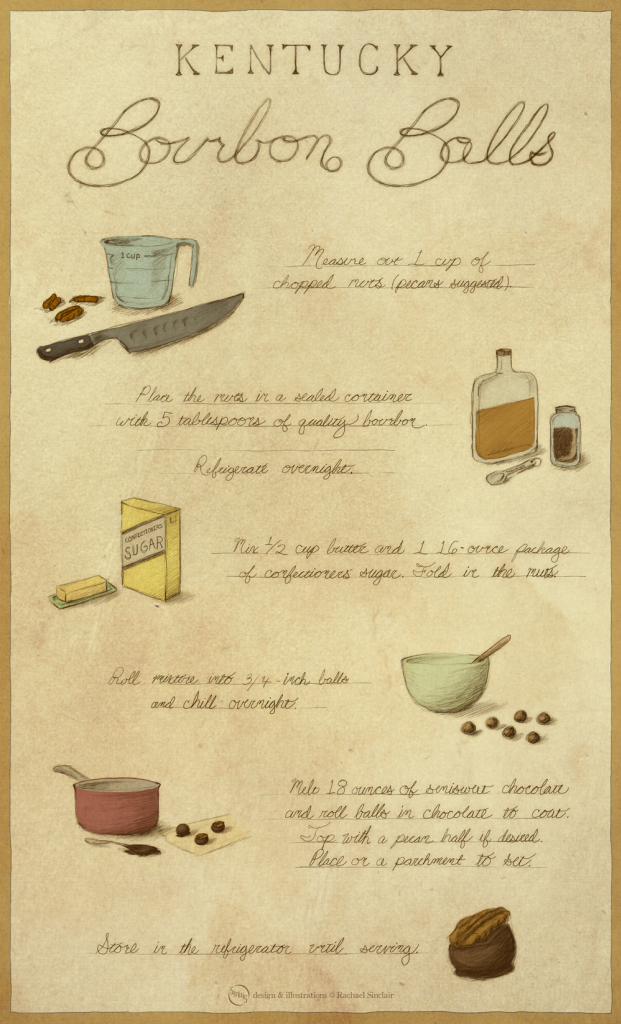 |
| Click to embiggen! |
Kentucky Bourbon Balls
hand drawn recipe
© Rachael Sinclair
Labels:
holiday,
illustration,
Kentucky,
original art,
recipes
Tuesday, November 13, 2012
Birds of Kentucky: Eastern Wild Turkey
 The varied topography of Kentucky is home to a wide range of plants and wildlife. The feathered variety is no exception. I love wild birds; they're fascinating and all so different. They have been a great inspiration to creatives for eons, not just for their form and color, but for their personalities, songs, and symbolism. In these posts (I hope to do a series) I will introduce you to some of Kentucky's native birds with some facts and a special illustration.
The varied topography of Kentucky is home to a wide range of plants and wildlife. The feathered variety is no exception. I love wild birds; they're fascinating and all so different. They have been a great inspiration to creatives for eons, not just for their form and color, but for their personalities, songs, and symbolism. In these posts (I hope to do a series) I will introduce you to some of Kentucky's native birds with some facts and a special illustration.As Thanksgiving approaches, our minds may conjure up the image of Tom Turkey, the jovial nodding character from the Macy's Thanksgiving Day Parade. Kentucky is home to the Eastern subspecies of Wild Turkey (Meleagris gallopavo silvestris), a large, imposing bird. Though most turkeys prepared for the holiday are the domesticated variety, bred from a Mexican turkey subspecies long ago, there's no denying the commanding presence of the wild turkey.
This bird can reach 4 feet tall and males can weigh up to 30 pounds. Their body feathers are warm brownish gray and the males have red and blue featherless skin on their heads. Males also have red waddles at the throat and base of the neck. The tail feathers, a fan of mahogany and cinnamon, are tipped with a chestnut color, thus differentiating them from the other subspecies of wild turkey.
| Habitat | Diet | Nesting | Conservation Status |

|
 |
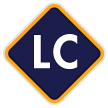
|
|
| Open Woodland | Omnivore | Ground | Least Concern |
In the Bluegrass, wild turkeys can be found in open forests and farmland near wooded areas. They may come out to feed in fields, especially in the late summer and fall after the crops have been harvested. They're a foraging species, feeding on nuts, seeds, berries, insects, and even small reptiles. They make their nests on the ground, in shallow dirt craters protected by forest vegetation. Hens lay an average of 10-14 eggs with the young (called poults) leaving the nest mere days after hatching.
Though some may feel they have a face only a turkey mother could love, wild turkeys are strong, majestic birds in their own right. Native Americans, especially eastern tribes, favored the turkey as a food source, eating not only the meat, but the eggs. The feathers often made their way into ritual dress and equipment. So steeped in tradition was the turkey even in the infancy of the United States, Benjamin Franklin theorized it may be more fit than the Bald Eagle for the national bird. In a letter to his daughter, Franklin called the turkey a "Bird of Courage".
This Thanksgiving, as you gather with your loved ones, pay mind to the turkey. The turkey has been a source of nourishment and conviviality for thousands of years. May the blessing of food, warmth, health, and family be with you this holiday season!
Sources: Cornell Lab of Ornithology and Wikipedia
Labels:
holiday,
illustration,
Kentucky,
nature,
original art
Wednesday, October 31, 2012
Pop Inspiration: White Zombie
With these zombie eyes, he rendered her powerless. With this zombie grip, he made her perform his every desire!
Released in 1932, the film White Zombie is considered the first feature-length zombie film. It starred Bela Lugosi, fresh off his unforgettable role in Dracula. He played a sinister witch doctor, 'Murder' Legendre, the vile owner of a zombie-staffed sugar mill in Haiti. Though it doesn't command the adoration of Dracula or Frankenstein, there's something enchanting (pun perhaps intended) about this film.
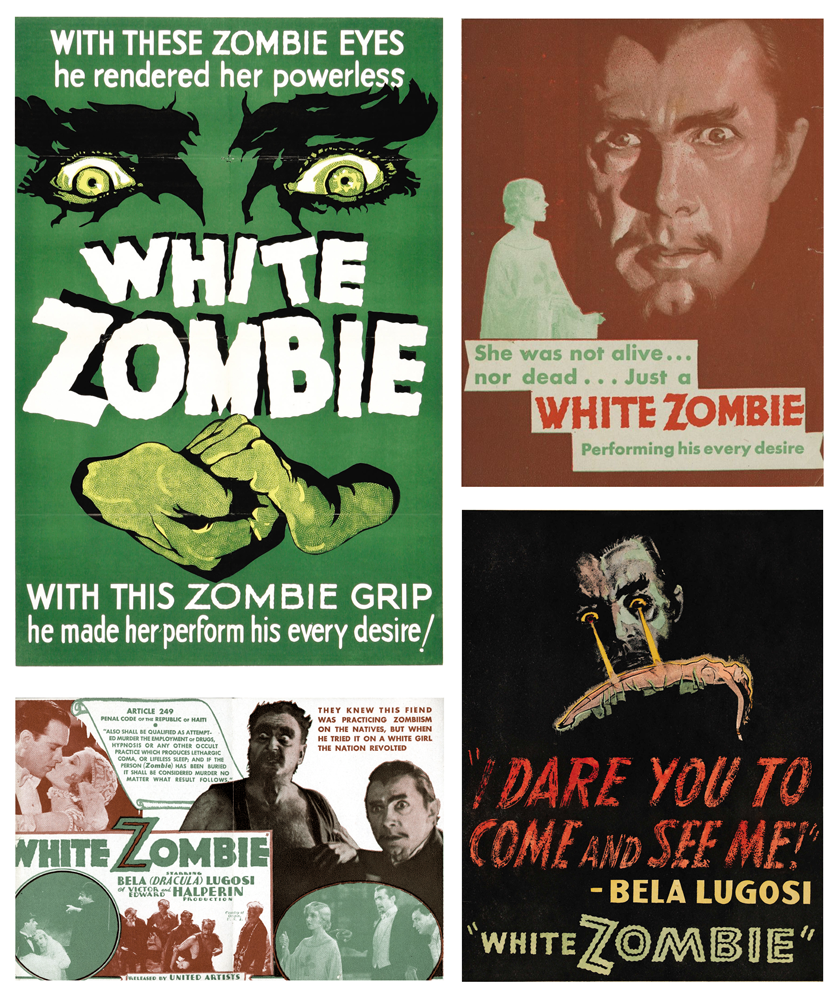
The posters and promotional items for the film give us a wealth of fun design. Take the colors for instance. In the pieces featured here, we see a period-perfect palm green, fading to a jade. On the opposite of the spectrum, we have a rusted red, a rich earthy tone. Perhaps subconsciously, these colors can transport us to the film's setting in the tropical world of Haiti in the 1930's.
Typefaces are predominately san serif, chunky and 'modern' in most cases. The titles are in a similar design, but tremulously edged, to give the words more intrigue and almost tribal mystery. The imagery shifts from graphically altered monotone photographs to posterized features and faces, sure to unsettle the nerves. These posters hearken to a time of minimal color usage and bold graphics.
White Zombie is a wealth of nostalgia, a transportation to the world of roaring Hollywood studios and 'monsters' more famous than the actors who played them. The story, the setting, the crackling audio, it's quite fantastic. With a short running time, it's great for wiling away a little over an hour. Have a Happy Halloween and watch out for zombies!
Released in 1932, the film White Zombie is considered the first feature-length zombie film. It starred Bela Lugosi, fresh off his unforgettable role in Dracula. He played a sinister witch doctor, 'Murder' Legendre, the vile owner of a zombie-staffed sugar mill in Haiti. Though it doesn't command the adoration of Dracula or Frankenstein, there's something enchanting (pun perhaps intended) about this film.

The posters and promotional items for the film give us a wealth of fun design. Take the colors for instance. In the pieces featured here, we see a period-perfect palm green, fading to a jade. On the opposite of the spectrum, we have a rusted red, a rich earthy tone. Perhaps subconsciously, these colors can transport us to the film's setting in the tropical world of Haiti in the 1930's.
Typefaces are predominately san serif, chunky and 'modern' in most cases. The titles are in a similar design, but tremulously edged, to give the words more intrigue and almost tribal mystery. The imagery shifts from graphically altered monotone photographs to posterized features and faces, sure to unsettle the nerves. These posters hearken to a time of minimal color usage and bold graphics.
White Zombie is a wealth of nostalgia, a transportation to the world of roaring Hollywood studios and 'monsters' more famous than the actors who played them. The story, the setting, the crackling audio, it's quite fantastic. With a short running time, it's great for wiling away a little over an hour. Have a Happy Halloween and watch out for zombies!
Legendre Sugar
Original lineart label
© Rachael Sinclair
Labels:
color,
entertainment,
graphic design,
original art,
vintage
Monday, October 29, 2012
Happy Birthday Bob
Happy birthday Bob Ross, who would have been 70 years old today.
Tuesday, October 2, 2012
Color Flavor: Jay Feather and Sorghum
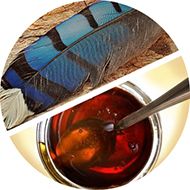
 Autumn blows in on the backs of leaves to the calls of the garrulous blue jay. The electric blue feathers stand out against the contrasting golden leaves. Kitchens are thick with the smells of apple pies and pumpkin bread. On foggy mornings, warm biscuits aren't the same without a creamy spread of butter and sorghum. The rich, warm gold of this special syrup from the south paired with the near-holographic blue of a shed jay feather is the perfect combination to welcome the closeness of the season.
Autumn blows in on the backs of leaves to the calls of the garrulous blue jay. The electric blue feathers stand out against the contrasting golden leaves. Kitchens are thick with the smells of apple pies and pumpkin bread. On foggy mornings, warm biscuits aren't the same without a creamy spread of butter and sorghum. The rich, warm gold of this special syrup from the south paired with the near-holographic blue of a shed jay feather is the perfect combination to welcome the closeness of the season. Sampling the darkest tones from the jay feather, we come up with a slightly greenish blue deepened with gray. This color is a little rustic and very natural. In design, the color is great for use on backgrounds (as it is fairly easy on the eyes) and in themes that call for a 'rugged' feel. See the theoretical logo for Dean & Sons Custom Denim. Here, the blue is married with a vellum neutral and the syrup umber. The tones separate well and accent each other perfectly.
Sampling the darkest tones from the jay feather, we come up with a slightly greenish blue deepened with gray. This color is a little rustic and very natural. In design, the color is great for use on backgrounds (as it is fairly easy on the eyes) and in themes that call for a 'rugged' feel. See the theoretical logo for Dean & Sons Custom Denim. Here, the blue is married with a vellum neutral and the syrup umber. The tones separate well and accent each other perfectly.
In the home, jay feather and sorghum are a recipe for cozy with a touch of class. The colors are rich and deep, but not shocking or heavy. Here, the walls and ceiling are painted in the jay feather color (Behr Kingfisher 520F-7). The window seat inset is in a slightly lighter hue (Shale Gray 540F-4) and the neutral is a cooler cream (Windsong 390C-3). To warm things up, the upholstery and accents come in unadulterated burnt umber and gold. Throw in a rich, warm oriental rug and you're set for a little reading in the afternoon sun.
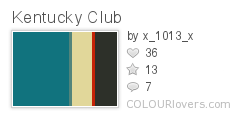
Color by COLOURlovers
P.S. If you'd like a good cookie recipe using sorghum, check out the chewy ginger cookies on my past post here. I mention molasses in the recipe, but I always use good Kentucky sorghum.
Labels:
color,
color flavor,
interior design,
logo design,
palettes
Friday, September 28, 2012
Cleland's Harsh Words
Today, I wish a happy birthday to someone who passed before my time but has had a great impact on me. I covered him in a Cultivators of Inspiration post a while ago, so this should come as no surprise. On this day in 1880, Thomas Maitland Cleland was born. He went on to be one of the foremost designers and illustrators of the early 20th century. I have a large collection of his work, including his writing. In celebration of his 132 birthday, I share with you the final bits of an address he gave to the American Institute of Graphic Arts in New York on February 5th, 1940, bound and published as Harsh Words by T.M. Cleland. The world is always changing, but some things hold true from generation to generation. Hard work and effort will always be an integral part of success.
Wednesday, August 29, 2012
The Science of Good Design
Science! Art and science may seem like strage bedfellows, but the pairing flourished in the middle of the 20th century. Engineering and science, chemistry and space travel, these things helped make the 50's and 60's a roaring 'technological' age. Advertisers and designers were used to spread the good word of science and gone were the days of art used only for anatomy illustrations and concept work.
 |
| Photo from The Chemical Heritage Foundation |
Let's take a look at this Porter Chemcraft chemistry set from 1958. This set is most indicative of the graphic style of mid-century modern. We see the use of black and white with the addition of bright, unadulterated red. The images are crisp and simplistic. On the inside, close attention is paid to continuity, with each item carefully designed to fit within the overall look. This set wasn't intimidating, it was friendly. A child could be at once in awe of science and eager to learn. How fantastic are these colors!
If we look at the eight samples of advertising below, we see the same use of bright color, oftentimes just one color with black and white much like the Chemcraft set. The illustrations are almost abstract in their simplicity and placement. The ads (all found here on the photostream of bustbright) are attention-grabbing, the text clean and 'futuristic'.
I adore the design of this era and when you add science, well, I love it even more. It's no surprise designers remain inspired by the work of those who, at the time, were on the cutting edge of what was to come. The next time you need some a little boost in the creative engine, try seeing things scientifically. Inspiration is everywhere, much like that thing we call oxygen. Breathe deep!
I took this opportunity to marry design, science, and one of my favorite things on earth, coffee. Invented in 1941 by a scientist, Dr. Peter Schlumbohm PhD, the Chemex coffeemaker uses the proven methods of chemistry to brew a simple, but absolutely perfect cup of coffee. This poster features the squat copy text that's prevalent on pieces from the mid-century. The word 'Chemex' was hand done in a playful style, something also common to 50's and 60's design.
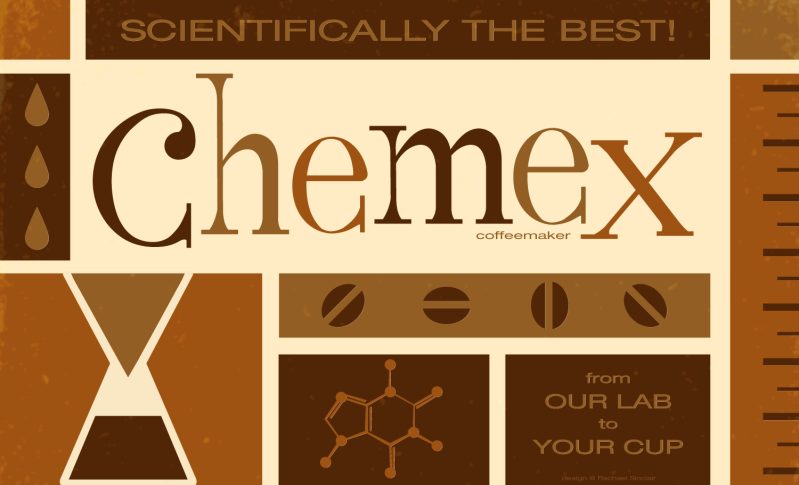 |
| Scientifically the Best! Original vector art Rachael Sinclair |
Labels:
color,
food and drink,
graphic design,
illustration,
original art,
product design,
typography,
vintage
Tuesday, August 21, 2012
Great Art Teachers
Wednesday, July 25, 2012
My Old Kentucky Home
When I started this blog, one of my first posts was about collecting vintage tins. Among the tins I've accumulated is a weathered beauty for Kentucky Club pipe tobacco. I adore this tin. The imagery is wonderful, and the colors, wow. I've always wanted to do a homage to my state, incorporating the things that make Kentucky what it is. I did this poster using the tobacco tin colors, featuring a number of Kentucky icons. You'll find the state bird and flower, an alert thoroughbred in racing gear, a bourbon barrel, basketball, coal miner's helmet, a Kentucky long rifle, and lastly, a Gibson mandolin (the one used by the father of Bluegrass music, Bill Monroe). The word Kentucky was hand done for a more rustic feel and it's surrounded by 15 stars as Kentucky was the 15th state added to the union.
I love the Bluegrass. I love the people, the culture, the heritage, and the natural beauty. This poster is my love letter to my Old Kentucky Home and is likely not the last.
My Old Kentucky Home
original vector art
© Rachael Sinclair
element detail
Thursday, July 12, 2012
Awards Aren't Everything: Working Through Discouragement
"There are two things that I want you to make up your minds to: first, that you are going to have a good time as long as you live - I have no use for the sour-faced man - and next, that you are going to do something worthwhile, that you are going to work hard and do the things you set out to do." -Theodore Roosevelt, 1898
Being creative is difficult sometimes. It's not always masterpieces and accolades. But being a successful artist, designer, writer, musician, or actor isn't just about the praise. It's not easy to ignore the noise about awards and such. The quest for 'fame' can put a serious dent in your self confidence and can ultimately stunt your development in your field.
Being creative is difficult sometimes. It's not always masterpieces and accolades. But being a successful artist, designer, writer, musician, or actor isn't just about the praise. It's not easy to ignore the noise about awards and such. The quest for 'fame' can put a serious dent in your self confidence and can ultimately stunt your development in your field.
Our world is all about the next big thing, the next meme, the next billion in profit. Tastes and styles are constantly shifting. As artists, we may produce amazing work, but if we don't have the right connections or timing, our efforts may be trampled by the herd. The internet has opened many doors of possibility, but those doors are covered in cobwebs of doubt and intimidation. One may see the sheer volume of amazing talent out there and just refuse to try. We can't be discouraged. We must decide what we truly want and why. Would we rather have thousands of pats on the back for something we're not completely proud of or be pleased, deep down, by a project no matter how much stir it causes.
Creativity isn't just a job, it's a part of us. Above all, we must remember to have fun, to enjoy what we do. That can be extremely difficult when our efforts to be noticed go unfulfilled. We must remember that we are unique. Others may be similar, but they don't have the experiences or history we have. When you're feeling ignored, make a list of your accomplishments. You may find you've had more success than you remember. Do something that makes you happy. If you're a designer who's sick of being in front of the computer, take a sketchbook to a comfortable chair and draw what pops into your head. If, as a musician, the songs you've been playing are only making you more frustrated, dig up a song that never fails to bring a smile.
Awards and praise are nice, but that sort of thing is usually fleeting. Yes, having an award on your resume can help you get a job or gig, but the true test of success is longevity and genuinely loving what you do. It's better to prove the ability to follow through with something worthwhile than to come up with a lucky break. Awards can be very political and aren't always the best indication of talent. Hone your skills, do your best, and have fun. If accolades come, good for you! If they don't, it doesn't mean you've failed. Follow your passion with fervor and happiness will tag along!
Tuesday, July 3, 2012
The American Flag: An Infographic
"You're the emblem of the land I love. The home of the free and the brave."-George M. Cohan
The flag of the United States is a beautiful and inspiring thing. On a clear day, against a pale blue sky, the stars and stripes cuts a very regal silhouette. It has deep roots, roots that intertwine with those of its people. From the first pennant of independence to the reverently folded flag of respect for a fallen soldier, our flag is indeed a grand old flag. I wish you a happy and safe Independence Day!
Stars and Stripes Forever
original digital art
Thursday, June 21, 2012
Color Flavor: Honeysuckle
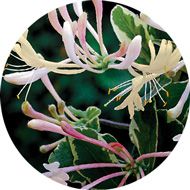
 It's a popular fragrance for soaps and lotions and in the spring and summer, it sweetens the breeze and entices the bees. Honeysuckle comes in tame and wild varieties and doesn't just smell good, it's a great source for color inspiration. This vine can be considered a pest if not controlled, but if you've walked by a bank of it after a rain, you know the scent is like none other. If you stop to study further, you'll notice tones from smooth butter to lively magenta and all tones in between.
It's a popular fragrance for soaps and lotions and in the spring and summer, it sweetens the breeze and entices the bees. Honeysuckle comes in tame and wild varieties and doesn't just smell good, it's a great source for color inspiration. This vine can be considered a pest if not controlled, but if you've walked by a bank of it after a rain, you know the scent is like none other. If you stop to study further, you'll notice tones from smooth butter to lively magenta and all tones in between.
In design, these colors are a dream for something fresh or feminine. A bakery or candy shop would be a fitting use for the buttery yellow and zing of fuchsia and tart green. The brightness of these hues would also do well in the branding for a specialty children's store.
Home is for comfort and these warm tones do just that, comfort us in the arms of a summer day. Use a lighter honeysuckle yellow for the walls. Here, I've used Behr's Manila Tint (310A-3) with a more intense hue for accents (Flame Yellow: 360B-6). Splash around the greens and purple (Brook Trout: 110E-2) to bring attention to certain areas. Warm wood would further brighten the feeling where a contrasting use of cool metal would bring balance.
Wednesday, June 13, 2012
Chase Away the Creative Blues
"Creativity involves breaking out of established patterns in order to look at things in a different way." -Edward de Bono
One of the pitfalls of creativity is the shin-cracking stumble of being uninspired. How many times have you had a really productive streak and then nothing? If you're anything like me, ignoring your creative dry spell is harder than ignoring a giant spider crawling across your face. So, how does one remedy the drought? There are many ways to tempt your spark back out into the daylight. Generally, people have to find their own cure, but here are a few suggestions.
Escape
 Whether you have a regular '9 to 5' or work from home, it's easy to get into the routine of bottom in chair, eyes on the computer. Though this is fine when all your cylinders are firing, but if you've run out of ideas, it's time to go idea shopping. The trip doesn't have to be lengthy or really have purpose. Put on your walking shoes and stroll around the neighborhood. Visit a green space or if that's not your style, sit at a coffee shop or bookstore. Whatever you do, distance yourself from your usual working area, enjoy some peace, and observe life around you. The kick-start you need may be in the colors of a pretty day or the smile of a stranger.
Whether you have a regular '9 to 5' or work from home, it's easy to get into the routine of bottom in chair, eyes on the computer. Though this is fine when all your cylinders are firing, but if you've run out of ideas, it's time to go idea shopping. The trip doesn't have to be lengthy or really have purpose. Put on your walking shoes and stroll around the neighborhood. Visit a green space or if that's not your style, sit at a coffee shop or bookstore. Whatever you do, distance yourself from your usual working area, enjoy some peace, and observe life around you. The kick-start you need may be in the colors of a pretty day or the smile of a stranger.
I've used this method many times in the past. Write some random words on slips of paper and place them in a bowl or basket. Draw out a word; ready, set, create! Ignition may not be immediate, but when it comes, you'll be back to normal in no time. Sometimes, the brain needs a hard restart. When you're hung up on something or just lacking drive, forcing your mind to think the unexpected can really help.
Shuffle
 In the same vein as 'random word in a hat' is the shuffle. So many of us employ a steady set of skills in our field. Some of us code websites all day while some toil over layouts and illustrations. Sometimes, when our usual work bores us into stagnation, we need to shuffle to something unusual. How about getting creative in the kitchen? Find a recipe and make something. Interested in gardening? Get a new potted plant. Do a word puzzle or play a game. People have a plethora of skills, we just don't use them all in one day. Skills need a break just like pulled muscles.
In the same vein as 'random word in a hat' is the shuffle. So many of us employ a steady set of skills in our field. Some of us code websites all day while some toil over layouts and illustrations. Sometimes, when our usual work bores us into stagnation, we need to shuffle to something unusual. How about getting creative in the kitchen? Find a recipe and make something. Interested in gardening? Get a new potted plant. Do a word puzzle or play a game. People have a plethora of skills, we just don't use them all in one day. Skills need a break just like pulled muscles.
Unwind
 Being uninspired, though seemingly monotonous, is something that can push your stress level to critical. Escaping to different surroundings may help in some respects, but remember, there are a lot of parts to the machine that is you. It's important to do diagnostics on everything. Have you laughed today? Has something made you feel like a child again recently? Cutting loose and being silly is great medicine. Shaking the snowglobe of your mind with a little laughter can really help things settle more clearly.
Being uninspired, though seemingly monotonous, is something that can push your stress level to critical. Escaping to different surroundings may help in some respects, but remember, there are a lot of parts to the machine that is you. It's important to do diagnostics on everything. Have you laughed today? Has something made you feel like a child again recently? Cutting loose and being silly is great medicine. Shaking the snowglobe of your mind with a little laughter can really help things settle more clearly.
Creative silence can be deafening. It's important to keep perspective and not let the blank page get you down. Success and refreshment is never far. The trick is to not be dissuaded by the time it takes to get back on track.
Wednesday, June 6, 2012
Idea Seeds: the Olympics
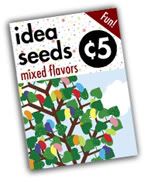 They are a symbol of peace, civilization, and excellence. The Olympics are the pinnacle of society; athletes from all over the globe participating in friendly competition, living together in a 'village'. This show of goodwill and skill is also an inspiration to artists and why the Olympic Games star in this Idea Seeds post.
They are a symbol of peace, civilization, and excellence. The Olympics are the pinnacle of society; athletes from all over the globe participating in friendly competition, living together in a 'village'. This show of goodwill and skill is also an inspiration to artists and why the Olympic Games star in this Idea Seeds post.
Athletics is akin to art in sculpting and grace. From the balance of a gymnast to the lines of a diver; the chiseled beauty of an eventing warm blood to the blurring colors of racing oval, the games are stuffed with creative energy.
The Olympic games boast a number of year-specific creative items. The medals themselves are sculpted especially for each Olympiad. The opening and closing ceremonies are a spectacle of dance, music, and color. Posters have long been a way for artists and designers to show their tribute and skill. You see in this collection a sampling of some of the best Olympic and Olympic-related from the first half of the 20th century.
The games of the XXX Olympiad will take place in London this year. There's no better time to enjoy the events how you may and be spurred to create. I created this piece to reflect the depth and movement of the games. The stylized rings are like sails moving us forward while echoing back to remind us of how far we've come. The motto is Citius, Altius, Fortius (Faster, Higher, Stronger) and it gives us the fire to keep going, to keep achieving things we didn't think possible. How can you be better today?
Faster, Higher, Stronger
Original vector art
© Rachael Sinclair, 2012
Labels:
color,
graphic design,
idea seeds,
original art,
palettes,
vintage
Tuesday, June 5, 2012
Amongst the Stars
I stumbled on the poem The Old Astronomer to his Pupil by Sarah Williams a while back and haven't been able to get it out of my head. In particular, this line: "I have loved the stars too fondly to be fearful of the night." The Saturn V carried us to the moon and helped us make one giant leap for mankind. There is no better craft to represent this amazing bit of poetry and the sentiment that you should not fear the unknown. The sky is vast and can be frightening, but possibilities are endless if you're brave and your love is strong.
Amongst the Stars
Original vector art
© Rachael Sinclair 2012
Note: You can see my NASA STS (shuttle) piece here.
Wednesday, May 30, 2012
Pop Inspiration: Loki
Artists are always inspired by the manifestation of beauty, whether it be a tiny bubble of dew on the petal of a perfect flower or the honey-sweet note of a song. I never expected to find reverence and awakening in a film like the Avengers. Sure, there's a lot to experience in such a blockbuster, but Tom Hiddleston's portrayal of the movie's villain Loki is truly a thing to behold. In order to be believable and ultimately feared, a villain must have a blinding depth. Mr. Hiddleston plays this character as if every moment is an evaluation and Loki's soul is found wanting time and again. That drive for approval and self respect is what fuels his deadly fire.
A Pain That I'm Used To
Photoshop and Wacom tablet
Creative types fall prey to disappointment and defeat so easily. Though some may find it strange to be uplifted by the 'bad guy' in a comic book film, that's just what's happened. Watching this character come to life, shaped by the hands of the masterful Hiddleston, was just the tonic for me. Perhaps that's what being part of the creative community is about; using your talents to help others reach their potential. To quote the actor, “Never let anyone tell you what you can and can’t do. Prove the cynics wrong. Pity them for they have no imagination. The sky’s the limit. Your sky. Your limit.”
Glorious Burden
Original vector art
Wednesday, May 2, 2012
A Toast to the Derby
The Kentucky Derby is almost upon us. Since the late 30's, the official drink of the Derby has been the mint julep. Served in either a silver julep cup or commemorative collectable Derby glass, the julep has roots in Virginia. Now it's a Kentucky tradition. You can find a simple recipe on the poster below. Enjoy the race responsibly!
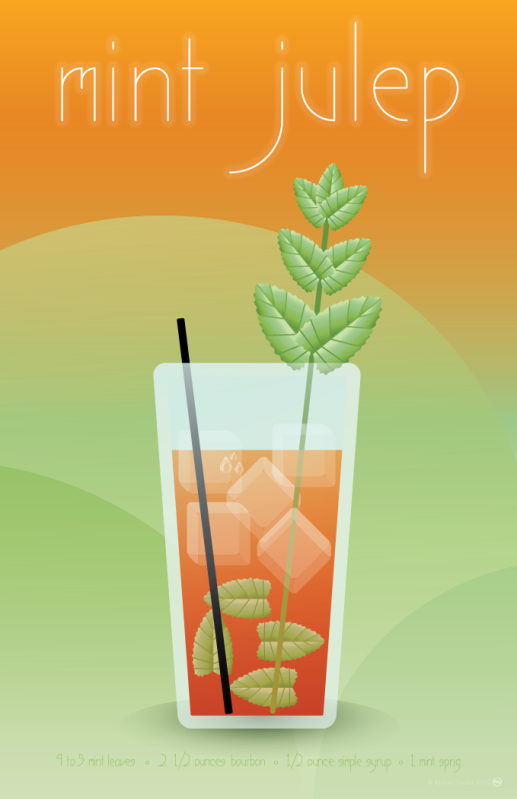 |
| Mint Julep original vector illustration |
Labels:
food and drink,
illustration,
Kentucky,
original art,
recipes
Wednesday, April 25, 2012
Color Flavor: Porcelain Berry
 In my youthful explorations, I learned a lot about wildflowers, plants,
and topography. I can instantly identify a number of native flora and
fauna and know where you're likely to find them. A few years ago, I saw
something I'd not seen before, a porcelain berry. A plant native to
Asia, this climbing foliage is considered an invasive species in this
country. It is quickly spreading across from the eastern states and must
be controlled as it can choke out native vegetation.
In my youthful explorations, I learned a lot about wildflowers, plants,
and topography. I can instantly identify a number of native flora and
fauna and know where you're likely to find them. A few years ago, I saw
something I'd not seen before, a porcelain berry. A plant native to
Asia, this climbing foliage is considered an invasive species in this
country. It is quickly spreading across from the eastern states and must
be controlled as it can choke out native vegetation.The porcelain berry has grape-like leaves. It's a trailing bush, growing up to 15 feet tall, with drooping branches. Perhaps the most striking thing about this plant are the berries. The berries are small and opaque with tiny flecked spots. They range in color from magenta purple, cloudy sea blue, to pale earthy green, most of the time in the same fruit bunch.
Dusty magenta isn't an easy color to incorporate into designs of any kind, at least not quietly. It is almost certainly going to be seen as feminine. Keep this in mind. This color would work well as an accent for a women's boutique or salon. It would also be appropriate for a bakery since it mimics closely the color of many berries used in baking.
In interior design, these hues work well in rooms that tread the line between warm and cool. Bedrooms and bathrooms benefit from the relaxing blues and imaginative magenta. Add a spring-like yellow green for interest. Above, Behr's Peru (UL100-19) is the accent wall color paired with Bayside (510F-5) and Waterfall Mist (W-D-510).
Subscribe to:
Posts (Atom)

